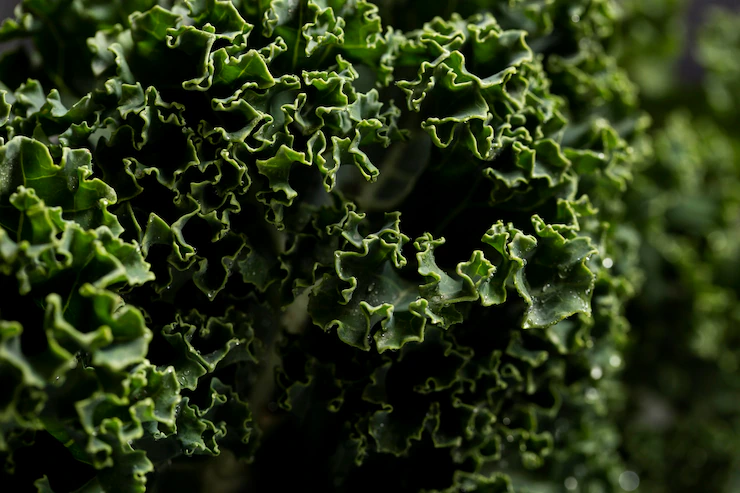Kale, a nutrient-packed leafy green vegetable, has gained popularity for its health benefits and versatility in cooking. If you’re considering growing kale in your South African garden, there are a few important things you should know to ensure successful cultivation. Here are ten key points to consider:
- Climate and Season: Kale grows best in cool to mild climates, making it well-suited for South Africa’s cooler regions. It thrives in temperatures between 10 to 25°C. Plant kale during the cooler months, such as autumn and winter, to avoid heat stress and bolting.
- Soil Preparation: Kale prefers well-draining soil rich in organic matter. Prepare the soil by incorporating compost or well-rotted manure to improve its fertility and drainage. A slightly acidic soil with a pH between 6.0 and 7.5 is ideal for kale cultivation.
- Variety Selection: Choose kale varieties that are suitable for your specific region and growing conditions. Popular varieties in South Africa include Curly Kale, Tuscan Kale (also known as Lacinato or Dinosaur Kale), and Red Russian Kale. Consider factors such as flavor, texture, and resistance to pests and diseases when selecting the right variety.
- Sowing or Transplanting: Kale can be grown from seeds or transplants. Sow seeds directly into the garden or start them indoors 4-6 weeks before the last frost date. Transplant seedlings once they have developed a few true leaves. Harden off the seedlings before transplanting them outdoors.
- Spacing and Planting: Provide adequate spacing between kale plants to ensure proper air circulation and growth. Space plants about 30-45 cm apart in rows. Planting kale closer together may result in overcrowding, reduced airflow, and increased susceptibility to diseases.
- Watering: Kale requires consistent moisture to thrive. Water the plants deeply, ensuring the soil remains consistently moist but not waterlogged. Mulching around the plants can help retain soil moisture and suppress weeds. Be mindful of overwatering, as it can lead to root rot and other fungal diseases.
- Fertilization: Prior to planting, incorporate a balanced organic fertilizer into the soil to provide essential nutrients. Additional fertilization during the growing season may be necessary, especially if the soil lacks fertility. Follow recommended guidelines for the type and amount of fertilizer to use.
- Pest and Disease Management: Watch out for common pests such as aphids, cabbage worms, and flea beetles that can damage kale plants. Implement organic pest control methods like handpicking, insecticidal soap, or neem oil. Monitor for signs of diseases like powdery mildew and downy mildew, and take appropriate measures such as proper spacing and adequate airflow to prevent their occurrence.
- Harvesting: Kale leaves can be harvested once they have reached a desired size, typically 60-90 days after planting. Harvest the outer leaves first, allowing the inner leaves to continue growing. Avoid harvesting the central growing point to promote continuous leaf production. Regular harvesting encourages new growth and extends the harvest period.
- Enjoying Kale: Once harvested, use kale leaves in various culinary preparations. It can be enjoyed raw in salads, sautéed, steamed, or added to soups, stews, and stir-fries. Experiment with different cooking methods and flavor combinations to discover your favorite ways to enjoy this nutritious vegetable.
By considering these ten important factors before growing kale in South Africa, you’ll be well-equipped to cultivate a thriving kale garden. Enjoy the bountiful harvests of this nutrient-rich leafy green and savor its delicious flavors and health benefits in your meals.
Image by Freepik
Join 'Farmers Mag' WhatsApp Channel
Get the latest Farming news and tips delivered straight to your WhatsApp
CLICK HERE TO JOIN






